In addition to his role as chairman emeritus of the Estee Lauder Companies, Lauder was a dedicated philanthropist who donated hundreds of works and millions of dollars to institutions like the Metropolitan Museum of Art and the Whitney Museum of American Art. He served as trustee of the latter for 34 years and largely funded the Whitney’s new building in Manhattan’s Meatpacking District. Lauder’s passing in June, at age 92, is a hard blow to the New York City art community.
It is fitting that Sotheby’s sale of his collection will take place in the Whitney’s former home, Marcel Breuer’s brutalist building on Madison Avenue, which the auction house purchased last year as their new global headquarters. The crown jewel of the collection is Gustav Klimt’s Portrait of Elisabeth Lederer that is estimated to sell for $150 million. Though recently lent to the National Gallery of Canada, it is one of only two full-length Klimt portraits in private hands. Two Klimt landscapes, six Henri Matisse sculptures, and an Edvard Munch painting are also anticipated to draw multimillion-dollar bids. The stakes are high for Sotheby’s as they face a down market and a steep financial guarantee to the Lauder estate.
Given how quickly the collection was secured for auction, it is likely that Lauder stipulated its sale in his will, rather than gifting it to family members and allowing them to decide. His heirs will only be responsible for paying capital gains tax on the amount by which the works have increased in value since his death, another reason to get them sold as quickly as possible before the market picks up. Selling his collection while he was still alive would have incurred much heavier taxes.


![DEl Kathryn Barton [Australian b. 1972] the more than human love , 2025 Acrylic on French linen 78 3/4 x 137 3/4 inches 200 x 350 cm Framed dimensions: 79 7/8 x 139 inches 203 x 353 cm](/sites/default/files/styles/category_card_187x139/public/ab15211bartonthe-more-human-lovelg.jpg?itok=LJbNuU6F)

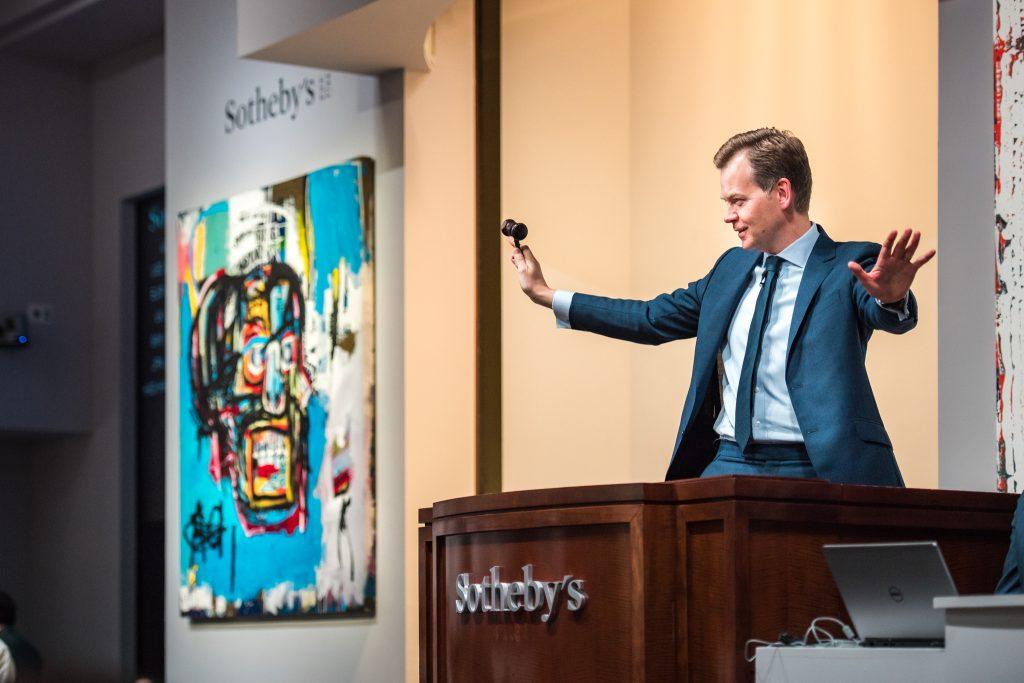
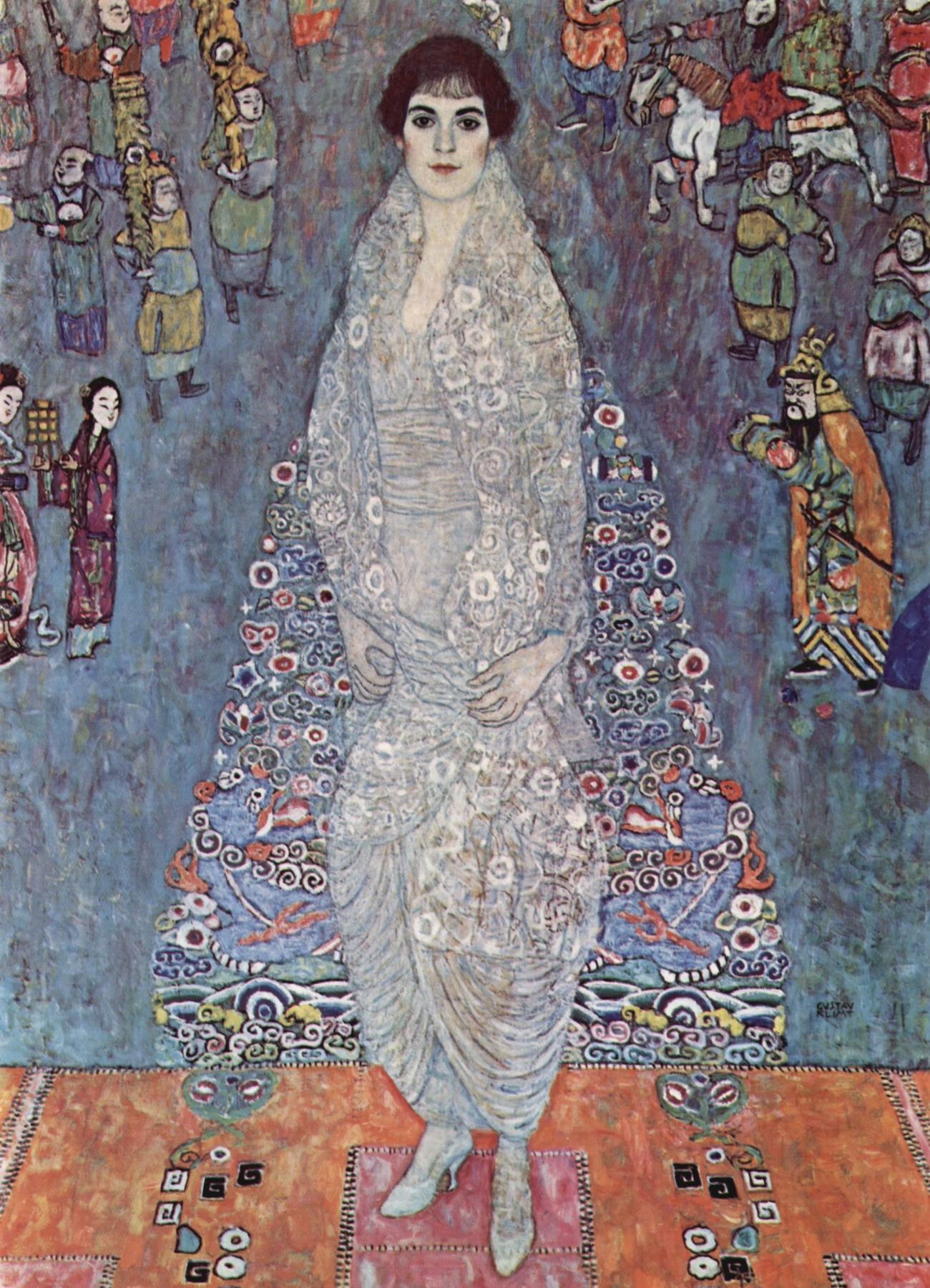
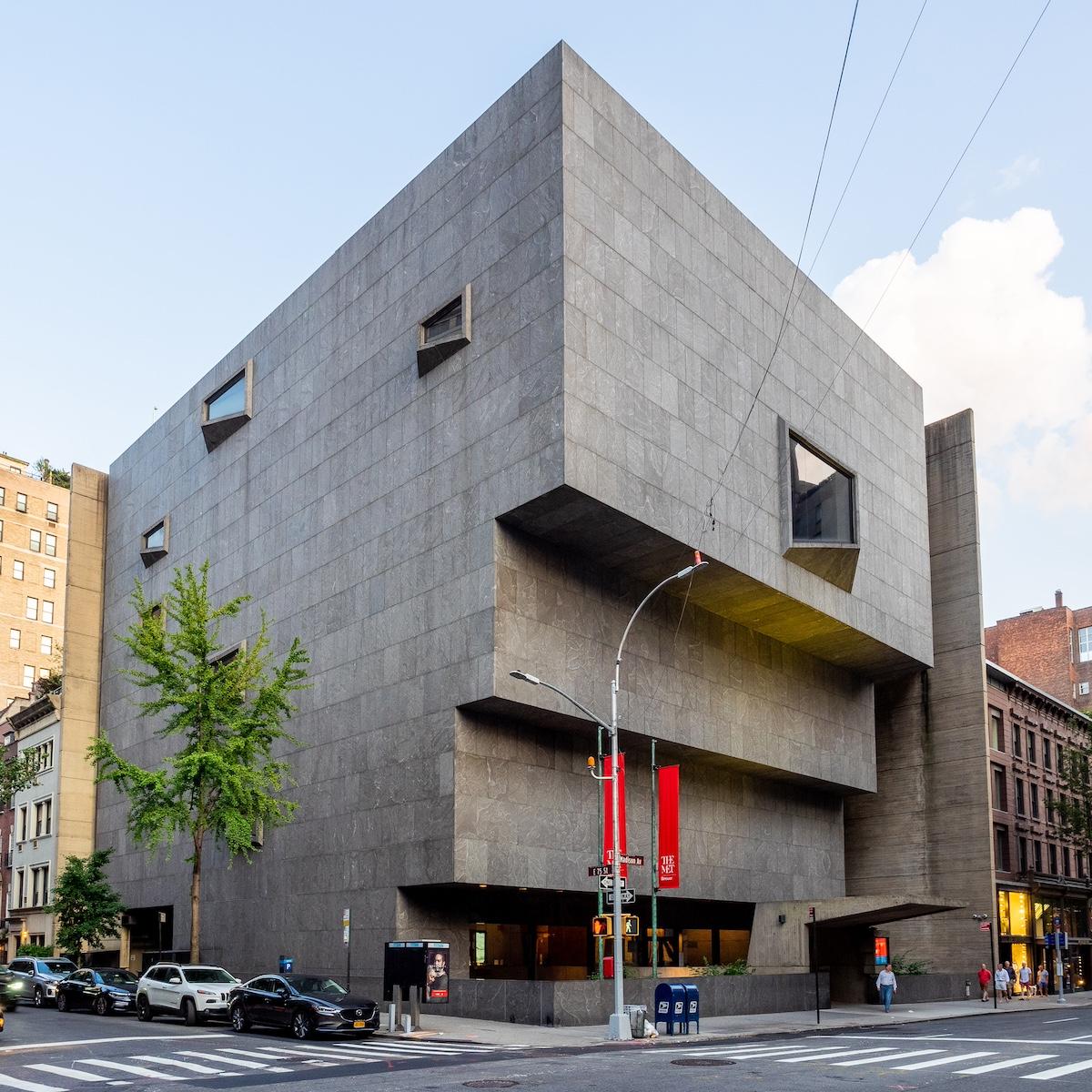

![DEl Kathryn Barton [Australian b. 1972] the more than human love , 2025 Acrylic on French linen 78 3/4 x 137 3/4 inches 200 x 350 cm Framed dimensions: 79 7/8 x 139 inches 203 x 353 cm](/sites/default/files/styles/image_5_column/public/ab15211bartonthe-more-human-lovelg.jpg?itok=wW_Qrve3)





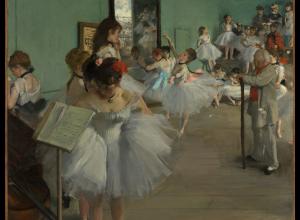


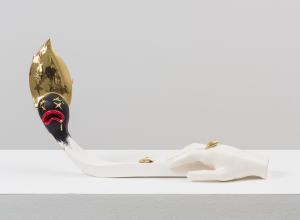


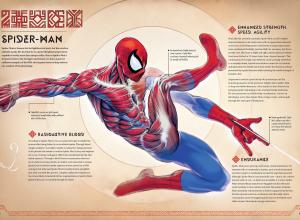

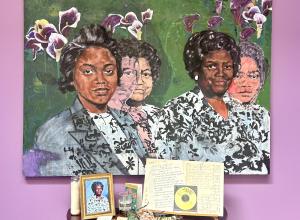


![Merina [Pop Chalee] Lujan, Taos, 1906 – 1993, Yellow Horse, gouache on paper, 13 1/8 x 18 1/8 in. (33.3 x 46 cm.) Estimate: 1,000 – 2,000](https://www.artandobject.com/sites/default/files/styles/image_5_column/public/4630-58.jpg?itok=kBAYkc0u)

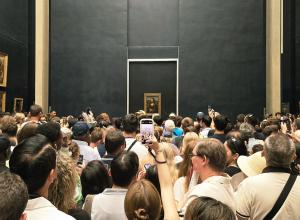
![Ginevra de’ Benci [obverse]. 1474/1478. Leonardo da Vinci. Oil on Panel. Ailsa Mellon Brue Fund, National Gallery of Art.](https://www.artandobject.com/sites/default/files/styles/image_5_column/public/ginevradebenciobverse196761a.jpg?itok=hIzdUTaK)


